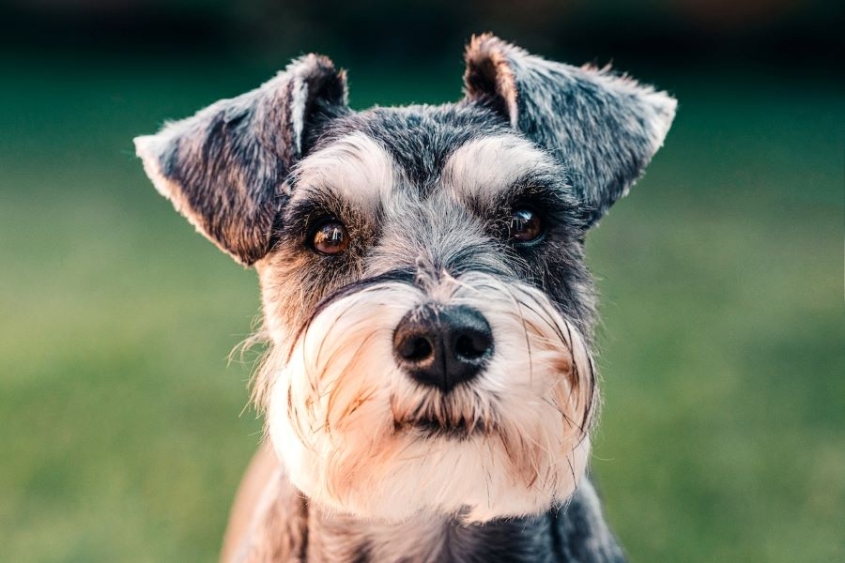Evaluating a new dye to help with gallbladder removal
Gallbladder disease is common in cats and dogs and can lead to significant illness and even death. The routine surgical approach to remove the gallbladder usually requires surgeons to open the intestine (duodenotomy) to ensure the common bile duct draining the liver is open before removing the gallbladder. This adds risk as this intestinal incision can leak after surgery requiring an emergency surgery. This procedure also add time to the surgical procedure and to the anesthetic event which can be deleterious to unstable or ill patients.
Intraoperative image-guidance could provide objective evidence for surgeons to determine the common bile duct is draining the liver is open. The use of indocyanine green (ICG), a dye that glows green under near-infrared (NIR) light, has been described before for biliary surgery in human medicine. ICG is extremely safe at clinical doses, with rare anaphylactic reactions reported in humans but not in animals. There are no studies investigating the use of an intraoperative injection of ICG into the gallbladder in pets. The aims of this study will directly address this knowledge gap in veterinary medicine and will determine if ICG can be used as an alternative to performing an additional surgical procedure during gallbladder removal.
Eligibility: Any dog seen at the Cornell University Hospital for Animals that needs to have their gallbladder removed.
Compensation: You will receive a $600 credit on your bill, a free CBC/chem, and 10% off the surgical procedure and associated anesthesia.
Owner Responsibilities: Your dog will receive the dye during their gallbladder removal. There are no further responsibilities or obligations.
Principal Investigator: Nicole Buote, DVM, DACVS
Contact/Schedule an Appointment: Please contact the soft tissue surgery service, the emergency service, or the clinical trials coordinator at 607.253.3060, or email vet-research@cornell.edu. Your referring veterinarian may also contact the hospital to refer your pet.



